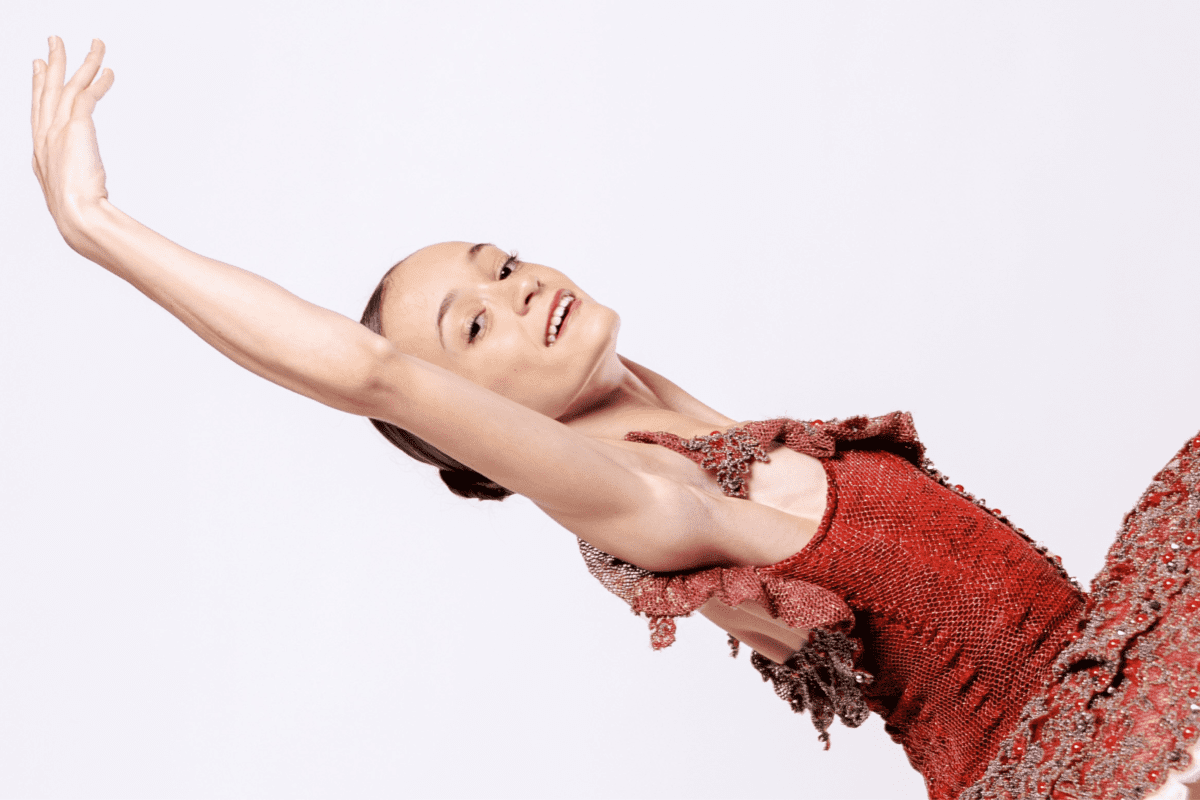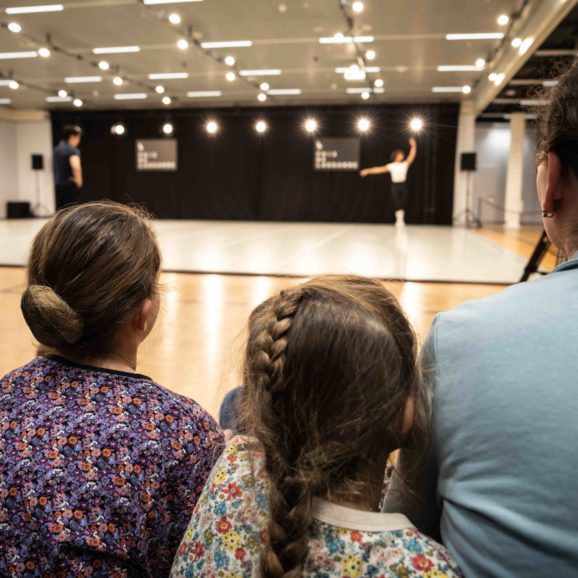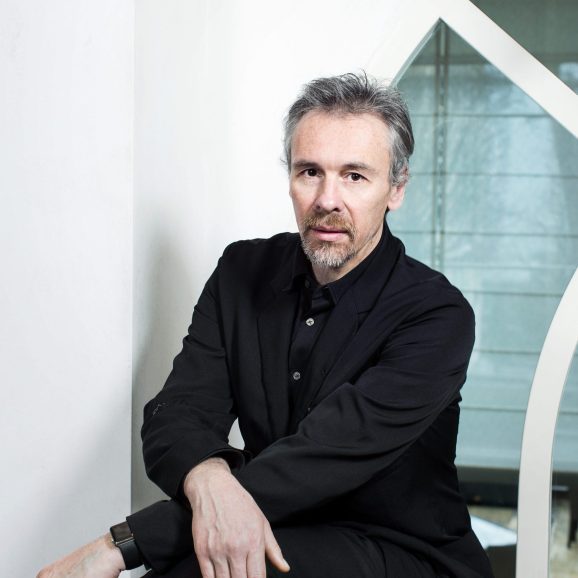As part of its 47th edition, the Prix de Lausanne wishes to honour the work and career of the dancer Márcia Haydée. She will receive the 2019 Lifetime Achievement Award.
We asked Marcia a few questions before her arrival at the Prix de Lausanne 2019…
Would you have an important message to give to dancers on their future career?
My message to young dancers is that you have to really love dancing, that it is your life and not only a career. Your life is being a dancer with all your heart.
Looking back on your career, what was your most treasured experience?
Every day was an important experience. Every day I learned something new, that was important for my life as a dancer and most I learned with the difficult moments and still now I continue to learn.
What did you wish you knew as a young dancer that you know today?
If I had to repeat how I did my life I would do exactly the same and the best is to have your eyes open not to loose the possibility to learn everyday something important for your life as a dancer.
What does the Prix de Lausanne represent in the world of dance today?
The Prix de Lausanne has become one of the most important prize for the ballet world and I am very thankful that you touhgt and chose me for this year to become a prize for my life achievement.
Marcia Haydée was born in 1937 in Niteroi / Rio de Janeiro, Brazil. Following studies at the Royal Ballet School London, she danced with the company of Marquis de Cuevas. In 1961, John Cranko, newly appointed Artistic Director of the Stuttgart Ballet, invited Miss Haydée to become his leading ballerina. Not only John Cranko took her as his inspiration and created almost his entire repertoire, including such classics as Romeo and Juliet, Onegin, The Taming of the Shrew, and Carmen for her, but other major choreographers, including Kenneth Mac Millan, Glen Tetley, Jiří Kylián, William Forsythe, Mats Ek, and Uwe Scholz, came to Stuttgart to create new works for her.
After John Cranko’s death, two choreographers became the leading force in Marcia Haydée’s career: Maurice Béjart created Wien, Wien nur du allein, Operette, Chairs, Isadora and many other ballets for Marcia Haydée and John Neumeier created Lady of the Camellias, Streetcar Named Desire, Medea and Hamlet.
Marcia Haydée became Director of the Stuttgart Ballet from 1975 until 1996 and at the same time Director of the Santiago Ballet de Chile, from 1992 until 1995. In 1996, she stopped directing the Stuttgart Ballet and became a free-lancer.
In 2002, Maurice Béjart gave a new challenge to Marcia Haydée, creating for her Mother Teresa and the children of the world. For the first time on stage she is more an actress than a dancer. And her challenge is, in each country where she goes, reciting the entire text of peace, in the country’s language.
Since 2004, she is once again Director of the Santiago Ballet de Chile. In January 2007, she was on stage during a German tour with her Chilean Company and she herself portraying Mother Teresa. In 2012, she is on stage in a production of the Stuttgart Ballet, Madame Scuderi, by Christian Spuck.
One of the legendary ballerinas of our time, Marcia Haydée has danced on all major stages worldwide and has been hailed by critics around the world.



